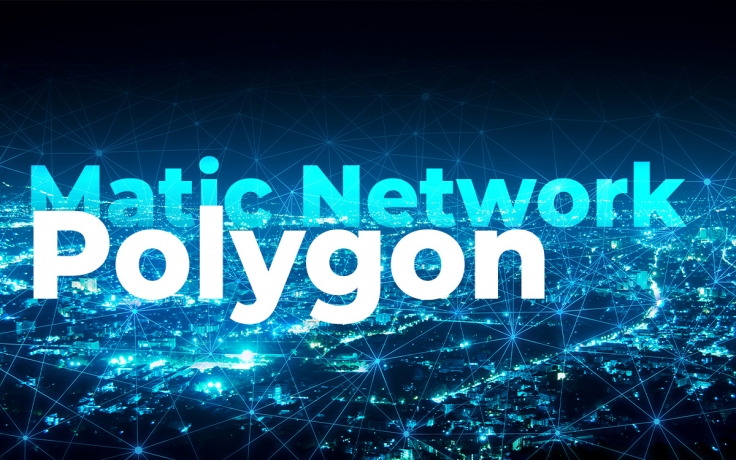
Become an L2 aggregator
According to an official post, the Indian firm is moving towards solving the Ethereum throughput problem with an upcoming Tier 2 aggregation SDK that can host multiple technologies simultaneously.
The startup currently runs an Ethereum proof-of-stake (PoS) sidechain using the Plasma framework, a now-out-of-market Tier 2 solution that will continue to be hosted. Version 1 of the software development kit (SDK) for level 2 aggregator will be ready in March, Polygon co-founder Sandeep Nailwal said.
"Polygon will support multiple layer 2 solutions such as Optimistic Rollup (OR), zkRollups (ZKR) and Validium, effectively becoming an L2 aggregator," the post reads. "This approach, implemented through Polygon's modular SDK, will allow projects to select the scalability solution that best suits their needs rather than being constrained by any options."
Polygon will also be able to launch entire blockchains, similar to Parity Technologies' Substrate. Blockchains launched on Polygon will inherit the security assumptions of the underlying Ethereum blockchain, just as Substrate-based chains can connect to the Polkadot ecosystem to achieve security, Polygon core developer Mihailo Bjelic said in an interview.
“Polygon SDK is designed to accommodate and aggregate all of these types of solutions, including rollups. Currently, the Polygon SDK will allow the creation of autonomous chains such as the Polkadot substrate, ”Nailwal said.
Ethereum's high fees push Tier 2 solutions
Polygon's rebranding and new roadmap come at a time of high stress on Ethereum's core network, which has faced a period of extraordinarily high fees. For example, Ethereum's average transaction fee exceeded $ 20 per transaction for the first time last week - here the quotation in real time.
Decentralized apps (dapps) are making tremendous progress, but the current blockchain ecosystem is not ready to support such high demand and, therefore, scale of this magnitude. For this, many Ethereum-based dapps are trying to find level 2 solutions and have often turned to various forms of rollups such as ZKR or OR.
Rollups are a throughput technology for verifying off-chain transactions that are then reposted on-chain. They were the preferred solution to Ethereum's scalability problems, as Vitalik Buterin put it in a Twitter post in the fall.
At a time when we expect to move towards mass adoption of the services offered by the crypto and blockchain sector, we need to make sure to create a welcoming and functional user experience.
